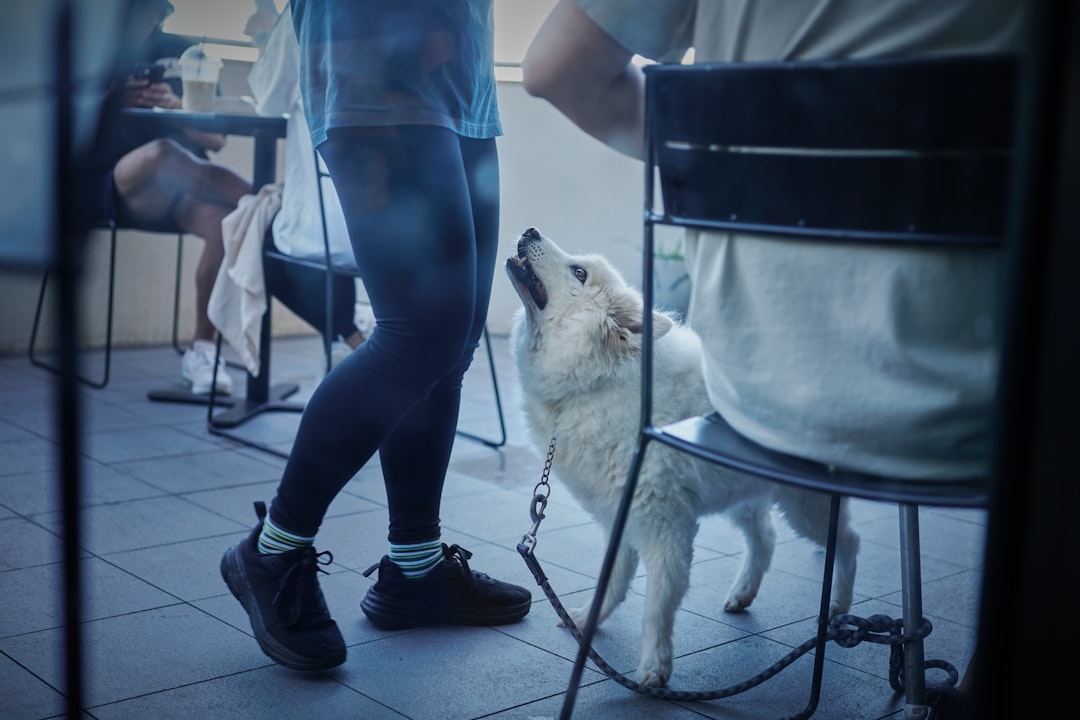No products in the cart.
The Rise of Robotic Canines: A New Era in Workplace Innovation
Robotic dogs are not just a novelty; they are reshaping workplaces and redefining productivity and safety standards in 2025.
In a world where technology is entwined with our daily lives, the rise of robotic dogs is not just a futuristic fantasy; it’s a tangible reality. As we step into 2025, these mechanical companions are not only transforming our homes but are also poised to redefine the workplace. With their sleek designs and advanced AI, robotic dogs are becoming integral members of teams across various industries, ushering in a new era of workplace innovation.
Imagine a bustling office where a robotic dog, equipped with sensors and cameras, roams the hallways. It delivers documents, monitors the environment for safety hazards, and even provides companionship to employees feeling the weight of their workloads. This isn’t a scene from a science fiction movie; it’s happening now.

The surge in robotic canine technology stems from a growing demand for innovative solutions to enhance productivity and safety in workplaces. According to a recent report from the International Robotics Association, the use of robots in various sectors is expected to increase by 30% over the next five years, with robotic dogs leading the charge. These high-tech companions are designed to tackle tasks ranging from logistics to security, and their adaptability makes them invaluable assets.
Take, for example, the case of Boston Dynamics’ Spot, a robotic dog that has already made waves in industries like construction and healthcare. Spot can navigate rough terrains, inspect job sites, and even carry payloads, demonstrating its versatility. In 2025, companies like Amazon and Google are integrating similar robotic dogs into their operations, utilizing them to streamline processes and enhance efficiency.
The surge in robotic canine technology stems from a growing demand for innovative solutions to enhance productivity and safety in workplaces.
But the allure of robotic dogs extends beyond mere functionality. They are designed to interact with humans, fostering a collaborative environment. A study conducted by Stanford University found that employees working alongside robotic companions reported increased job satisfaction and reduced stress levels. The presence of these robotic dogs can ease the burden of monotonous tasks, allowing human workers to focus on more creative and strategic endeavors.
However, as with any technological advancement, the rise of robotic dogs also brings challenges. Concerns about job displacement loom large. Will these mechanical marvels take over jobs traditionally held by humans? Experts argue that while some roles may be automated, the introduction of robotic dogs will create new opportunities and redefine existing ones. Jobs in programming, maintenance, and oversight of these robots will be essential, highlighting the need for continuous learning and adaptation.
Moreover, the ethical implications of integrating robotic dogs into the workplace cannot be overlooked. Questions about privacy, security, and the emotional impact on employees are paramount. As robotic dogs gather data and interact with staff, companies must establish clear guidelines to ensure that the technology is used responsibly and ethically.
Looking ahead, the future of work is undoubtedly intertwined with the evolution of robotic dogs. Industries are already exploring creative applications for these companions. In hospitality, for instance, robotic dogs could greet guests, carry luggage, and provide information, enhancing the guest experience. In healthcare, they might assist in monitoring patients, delivering medications, and providing companionship to the elderly.
The vision of a workplace where human and robotic collaboration thrives is not far-fetched. As we embrace the capabilities of robotic dogs, we also open the door to a more inclusive, efficient, and innovative work environment. The key will be finding the right balance between leveraging technology and maintaining the essential human touch that drives creativity and connection.
Jobs in programming, maintenance, and oversight of these robots will be essential, highlighting the need for continuous learning and adaptation.
As we move deeper into this new era, one thing is clear: robotic dogs are more than just tools; they are partners in our journey toward a reimagined workplace.











